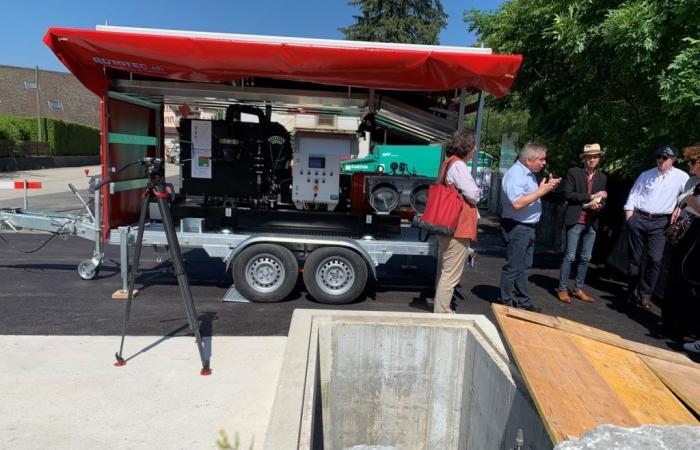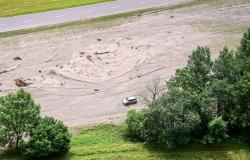No more flooded basements in Travers. This is in any case the objective of the latest measures taken by the Municipality of Val-de-Travers, even if zero risk does not exist, remind the authorities. The public authority purchased two motor pumps, installed two pits (14,000l on the right bank and 8,000l on the left bank of the Areuse), and adopted a plan for intervention. She also installed probes and a water gauge at the entrance to the village bridge, a listed stone structure built in the 16th century and listed as a cultural property of national importance. These measures are in addition to those already taken in recent decades.
The cost of the operation, including studies, amounts to 1.7 million francs. A sum taken from the framework credit of 20 million voted in 2019 for improving the overall operation of water evacuation networks. Flood protection measures are subsidized up to 70% by the Canton and the Confederation. Those concerning rainwater networks are supported up to 40% by the cantonal water fund.
The two cisterns, created downstream and upstream of the bridge, on each side of the Areuse, make it possible to collect runoff water and discharge it into the river using the two new motor pumps. Machines specifically dedicated to this task which deliver 7,500l of water per minute.
The municipality also called on the services of Patrice Huguenin, retired from the cantonal civil and military security service, to develop an intervention plan in the event of flooding. It is based on anticipation. “Intervening once we already have 10 cm of water in the street and 20 cm in the houses, it’s too late,” he explains.
The entire system will make it possible to better anticipate rising water levels and to mobilize fewer volunteer firefighters than in the past.
If the village of Travers is particularly sensitive to rising water levels, this is due in particular to runoff and the topography of the place. At this location, the inclination of the river is very low, which prevents rapid flow of water.
These new measures are in addition to others already taken as part of the general water evacuation plan. The rainwater discharge points into the river have been equipped with valves which close in the event of rising water levels. The wastewater connection of several buildings has been modified.
We will have to wait for the first showing of the waters, probably at the end of the year, to put the new system to the test. The authorities are confident, but they point out that zero risk does not exist. /cwi
#Swiss






